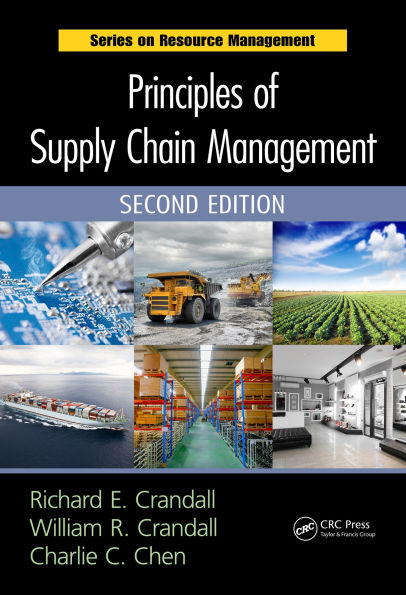The second edition of this popular textbook presents a balanced overview of the principles of supply chain management. Going beyond the usual supply chain text, Principles of Supply Chain Management not only details the individual components of the supply chain, but also illustrates how the pieces must come together. To show the logic behind why su
1136652564
Principles of Supply Chain Management
The second edition of this popular textbook presents a balanced overview of the principles of supply chain management. Going beyond the usual supply chain text, Principles of Supply Chain Management not only details the individual components of the supply chain, but also illustrates how the pieces must come together. To show the logic behind why su
240.0
In Stock
5
1

Principles of Supply Chain Management
717
Principles of Supply Chain Management
717Related collections and offers
240.0
In Stock

Product Details
| ISBN-13: | 9781040082515 |
|---|---|
| Publisher: | Taylor & Francis |
| Publication date: | 12/11/2014 |
| Series: | Resource Management |
| Sold by: | Barnes & Noble |
| Format: | eBook |
| Pages: | 717 |
| File size: | 8 MB |
About the Author
From the B&N Reads Blog
